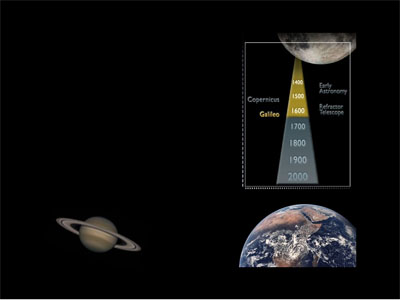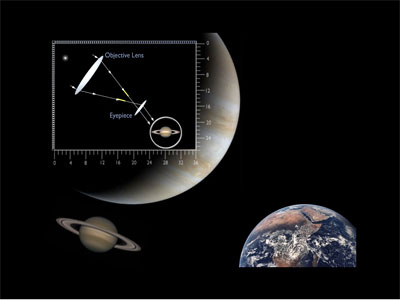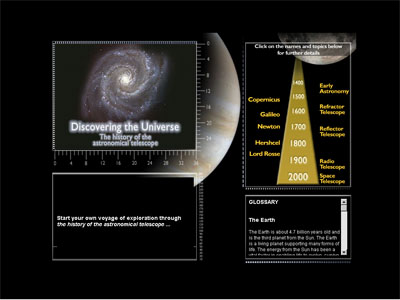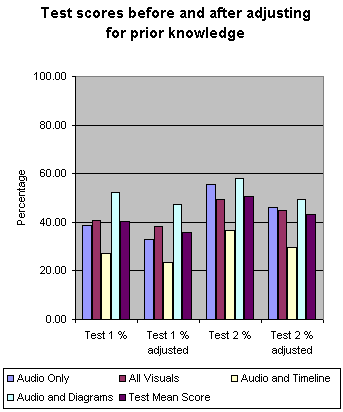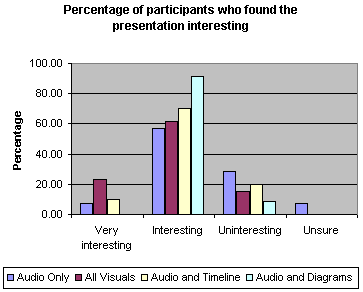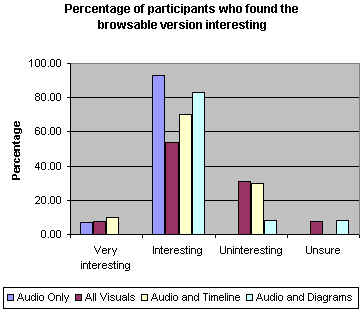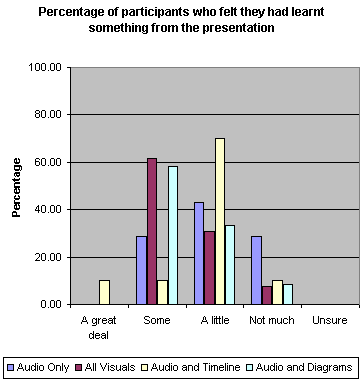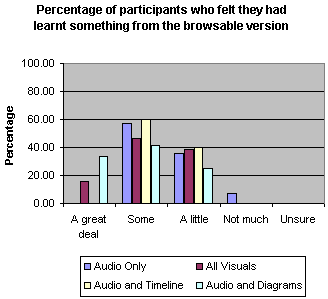| 1. | Introduction |
| 2. | The Approach |
| 3. | The Course Materials |
| 4. | Instruments for data capture |
| 5. | Experimental Results |
| 6. | Discussion |
| 7. | Conclusions |
| 8. | References |
![]()
Media
Efficiency during Learning using DAB Radio: An Initial Educational Study
Nigel
Beacham, Loughborough University
James Alty, Middlesex University
Abstract
One of Digital Audio Broadcasting (DAB) advantages over conventional radio is its ability to broadcast visual information in addition to auditory information. This paper presents a study that investigates the effectiveness of delivering visual information using DAB as part of a classroom exercise. The findings from the study demonstrate that some visual materials are better than just auditory information. The study shows that it is important that DAB programme makers consider carefully the types of visual information used and the amount of visual information broadcast.
![]()



